This project provides an interesting window into the universe and the natural world around us, leaving the observer to form their own connections and conclusions. Hopefully creating some discussion and maybe some small appreciation of the scale, age and complexity of our universe and how tiny our planet. Something very precious indeed, rare and fragile, something worth protecting. Similar ideas inspired by Carl Sagan in his book the Pale Blue Dot in 1994 from an image taken by Voyager 1 spacecraft on February 14, 1990.
Cosmic Rays have been present throughout the entire evolutionary history of life on our planet and so this display reinforces our connection with the universe and the importance of science and understanding the natural world.
When the public came to visit the array, they experience how cosmic rays are all around us and arrive in showers of particles. Each detector randomly twinkles with colours and sounds triggered by cosmic rays.
The experience not unlike colourful wind chimes.
However, as cosmic rays arrive in showers of particles, some of these detectors will trigger in unison and others randomly. A similar experience to what can be witnessed in nature like the sounds of Cicadas or the flashing light of Fireflies, where both sound and light fade in and out from randomness into unison.
Each detector in the array produced a bright flash of one of 4 colours (red, green, blue or white). In the same manner, one of 3 musical notes and all 3 notes ( a Chord) together, depending on the trajectory of the muon that passed through two or more Geiger–Müller tubes simultaneously. A combination of copper radiation shielding and coincidence detection methods were used to filter out local background radiation.
The system used for playing sounds and other IoT functions utilises the latest Raspberry Pi Zero W and the code was developed by Paul Schulz. The IoT setup was very successful with this arrangement and were able to stream live data to another computer where it was mapped into music using MAX/MSP software.
Information about Cosmic Rays, what they are, their origins and how to detect them are on my website here: cosmicray.com.au (open source)
I'm working on a number of different design approaches to this project as it will need to be more cost effective if I was to build a larger installation of 100 or more detectors. The detectors in the array may be enclosed in a type of bollard lamp post, sphere, something that hangs on a tree or tripod or is put in the ground like a paving block.
A real-time demonstration using 16 Detectors was on display in Adelaide for the Splash Adelaide winter festival on the 2nd and 3rd of September 2017. The installation was very successful will allot of public interest, questions and discussion about the universe. The IoT setup was also very successful using Pi Zero W and we were able to stream live data to another computer where it was mapped into music using MAX/MSP software where combined into a beautiful musical soundscape.
The array was also on display along with other detectors I have made at Maker Faire Adelaide on 2nd November 2017 and was the winner of Best Backyard Science award. Maker Faire Adelaide is the largest Maker Faire in Australia and in the Southern hemisphere. Also the only Maker Faire solely run by volunteers.
Winner of 2 semifinals in the 2017 Hackaday prize
- https://hackaday.io/list/21839-thp-2017-semifinalists-design-your-concept
- https://hackaday.io/list/25542-thp-2017-semifinalists-internet-of-useful-things...
 Robert Hart
Robert Hart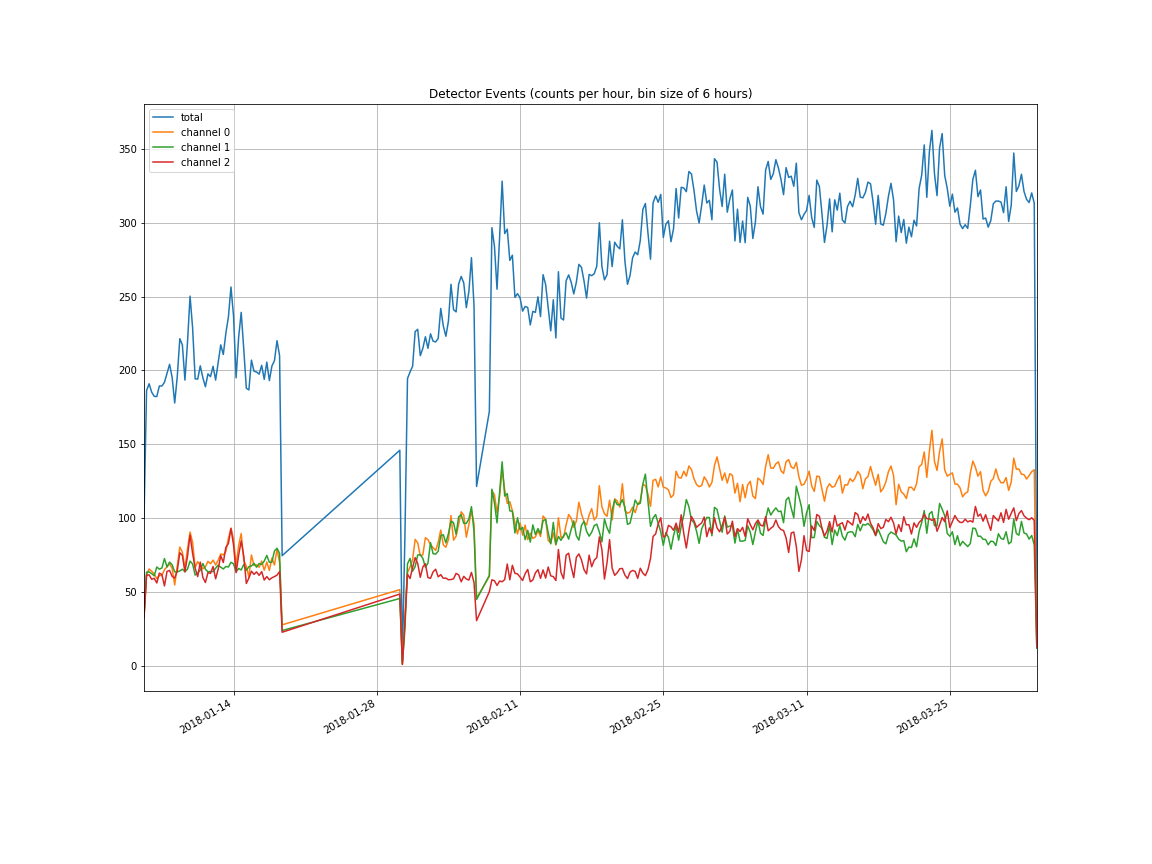
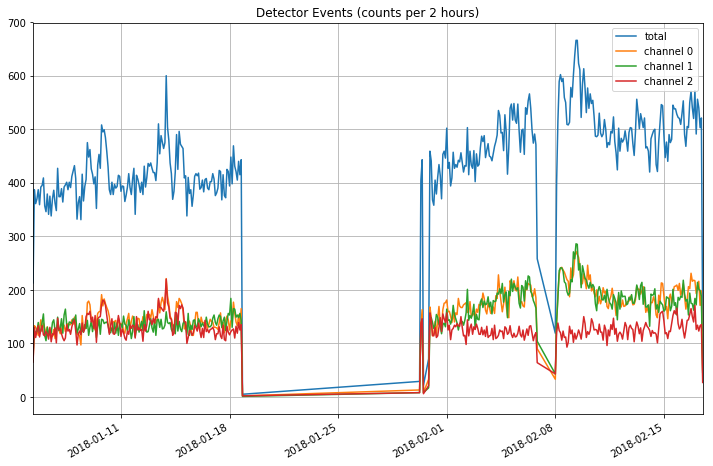
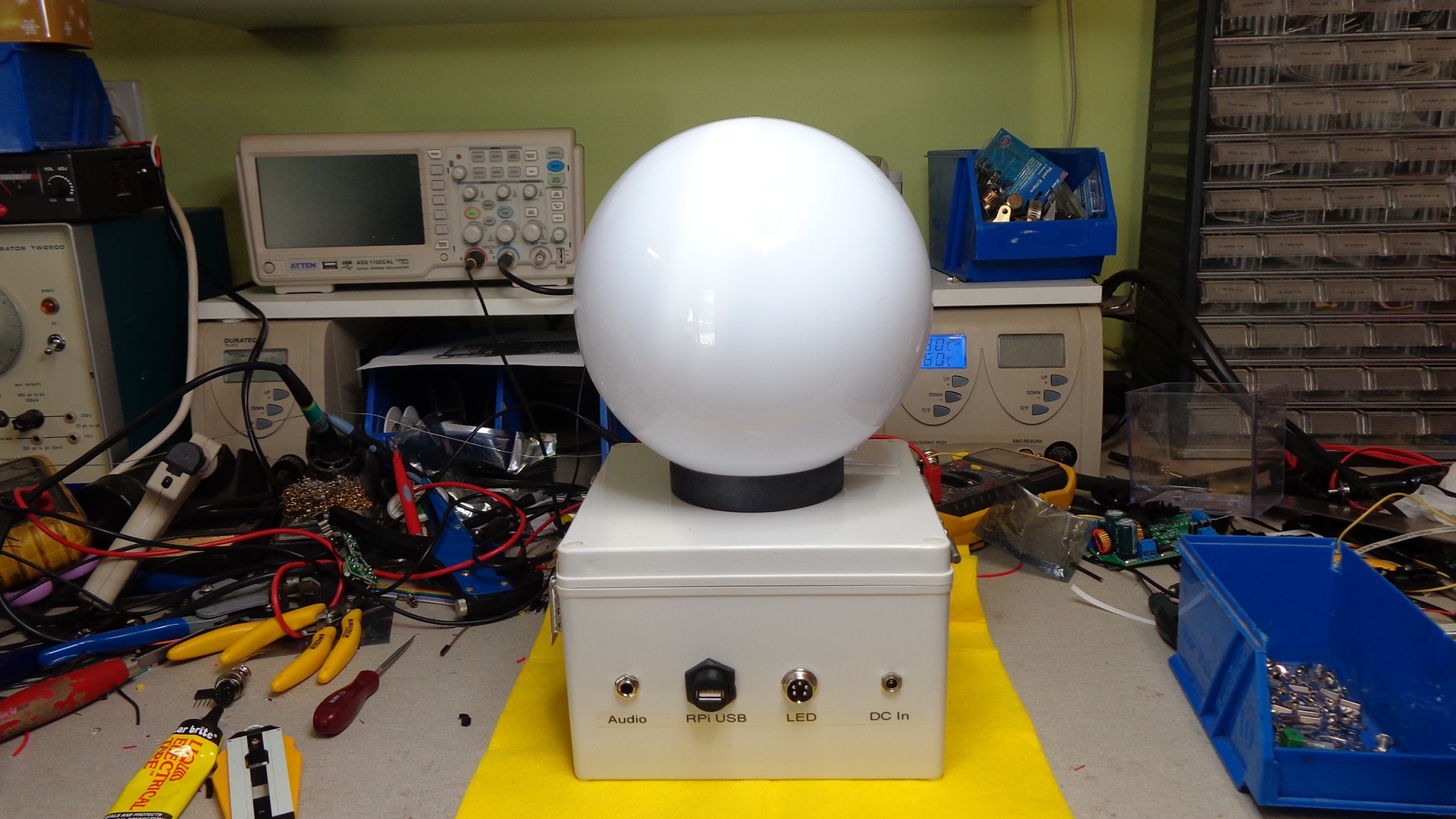
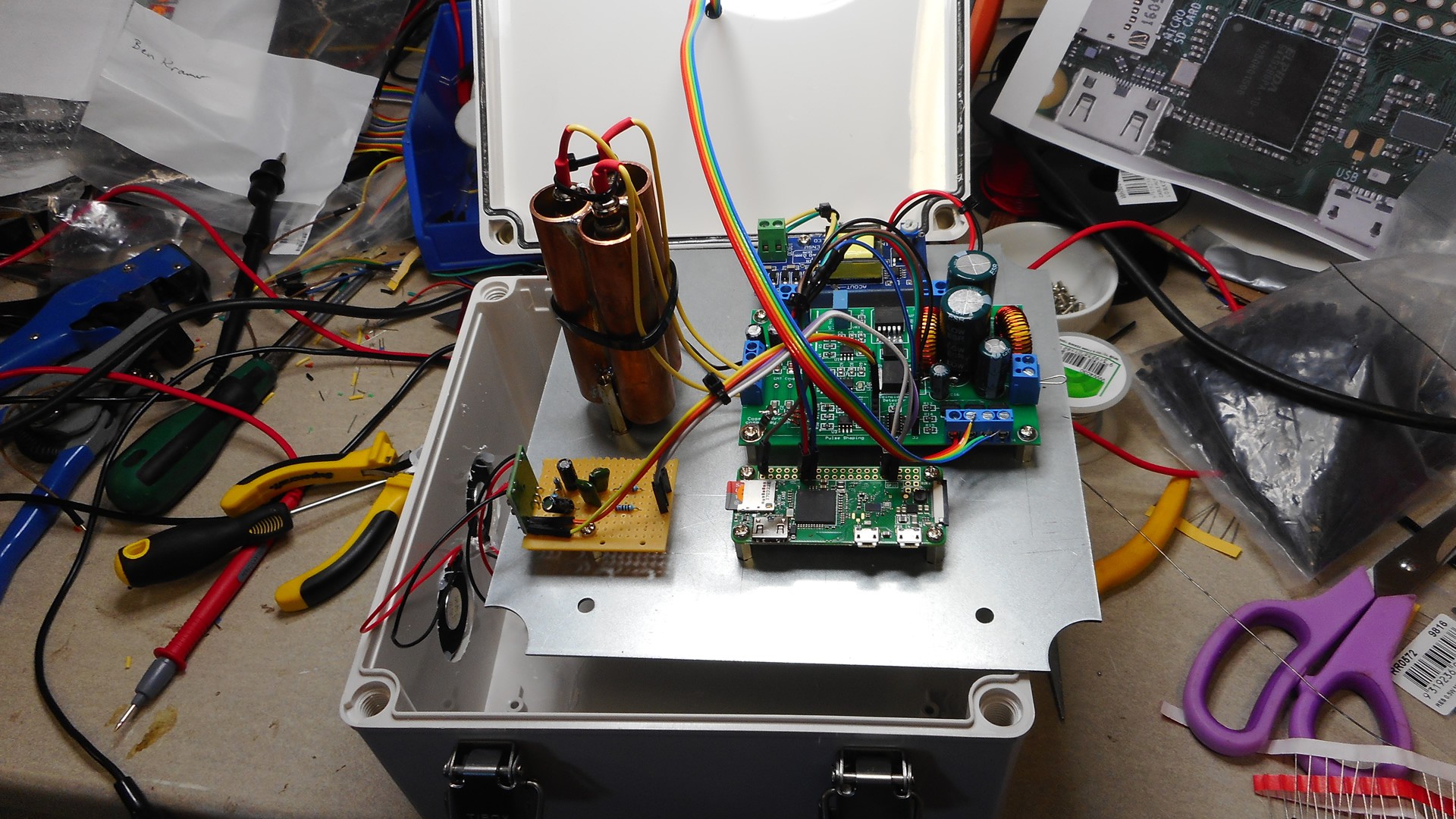
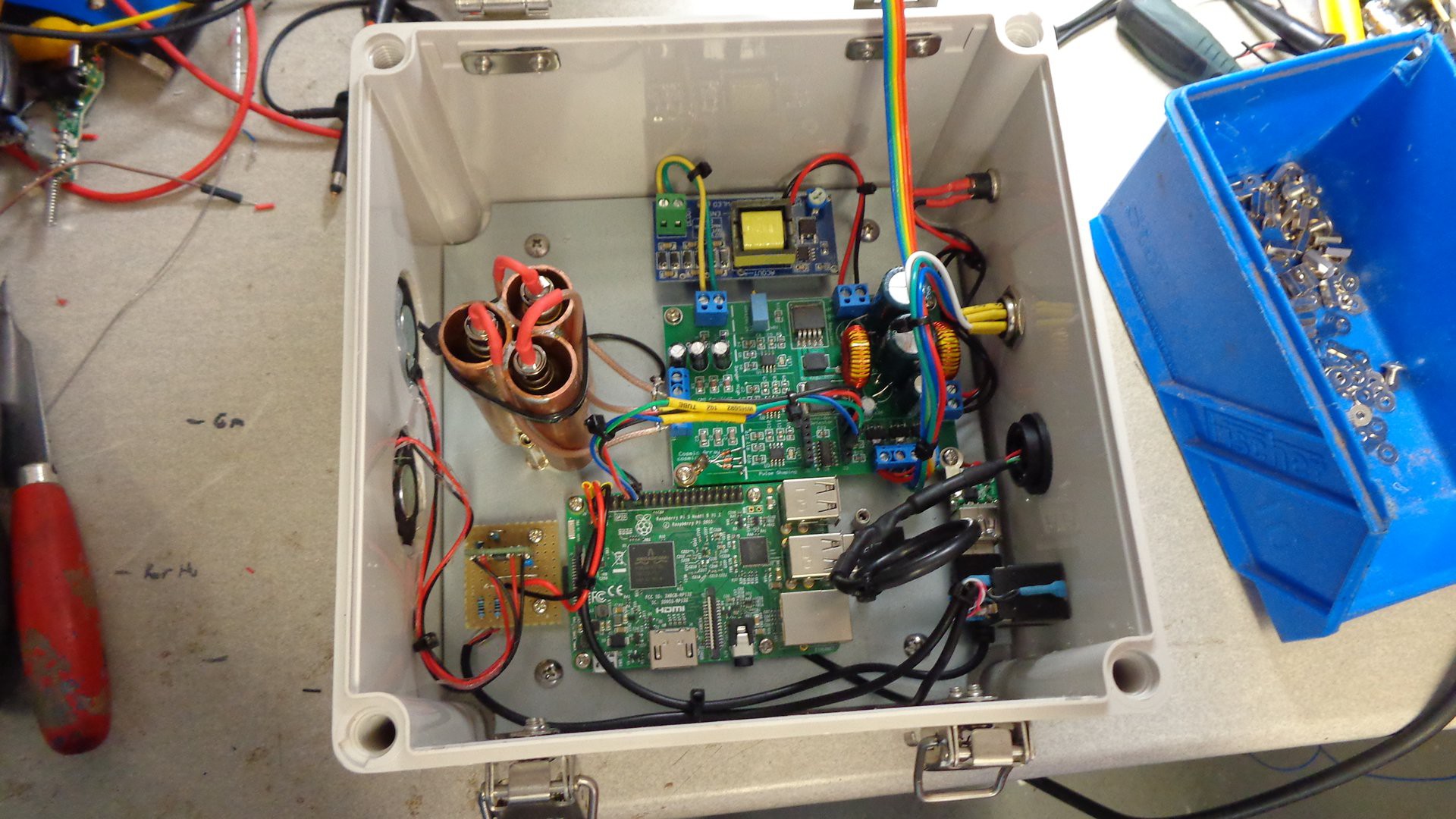

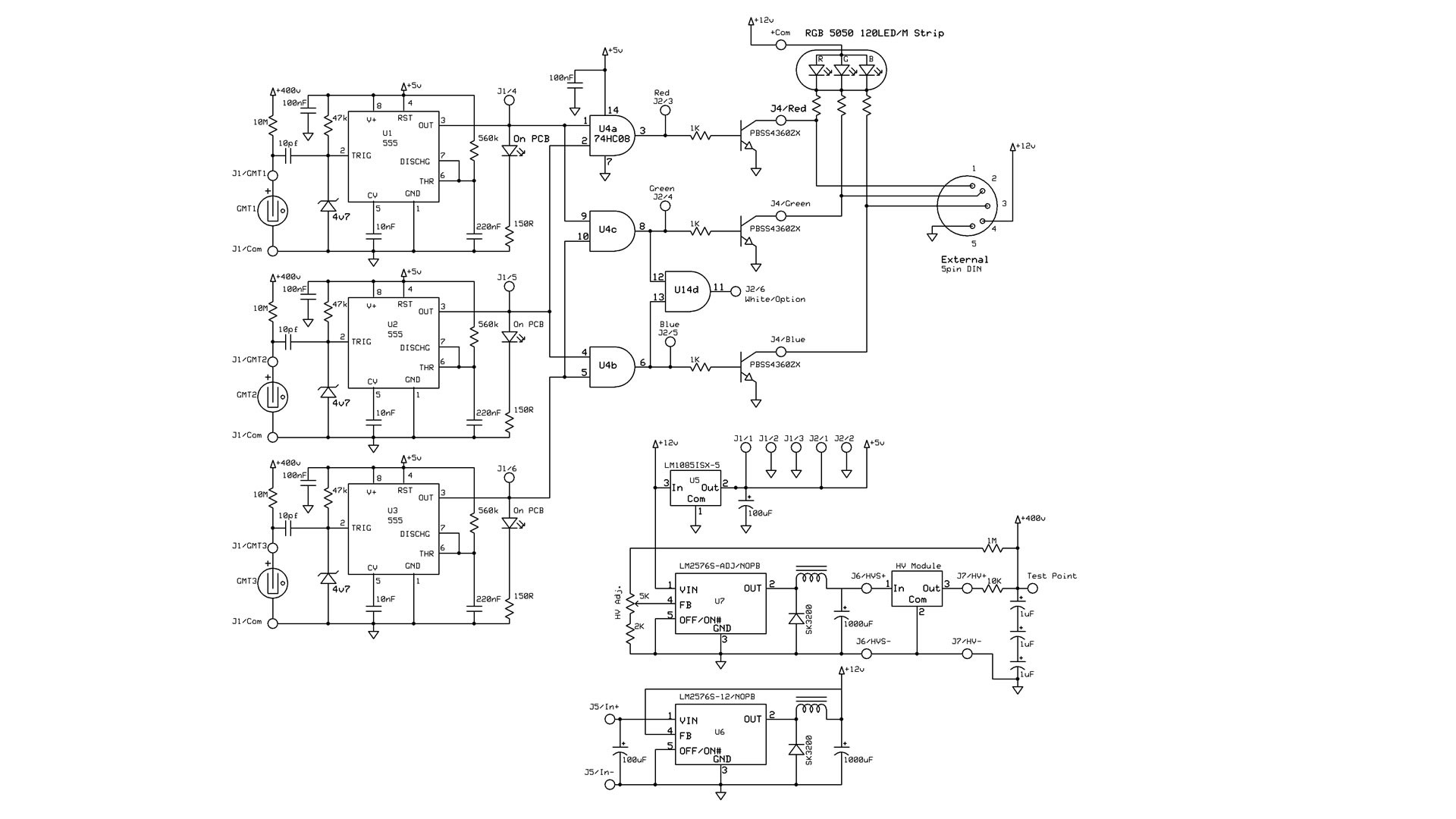



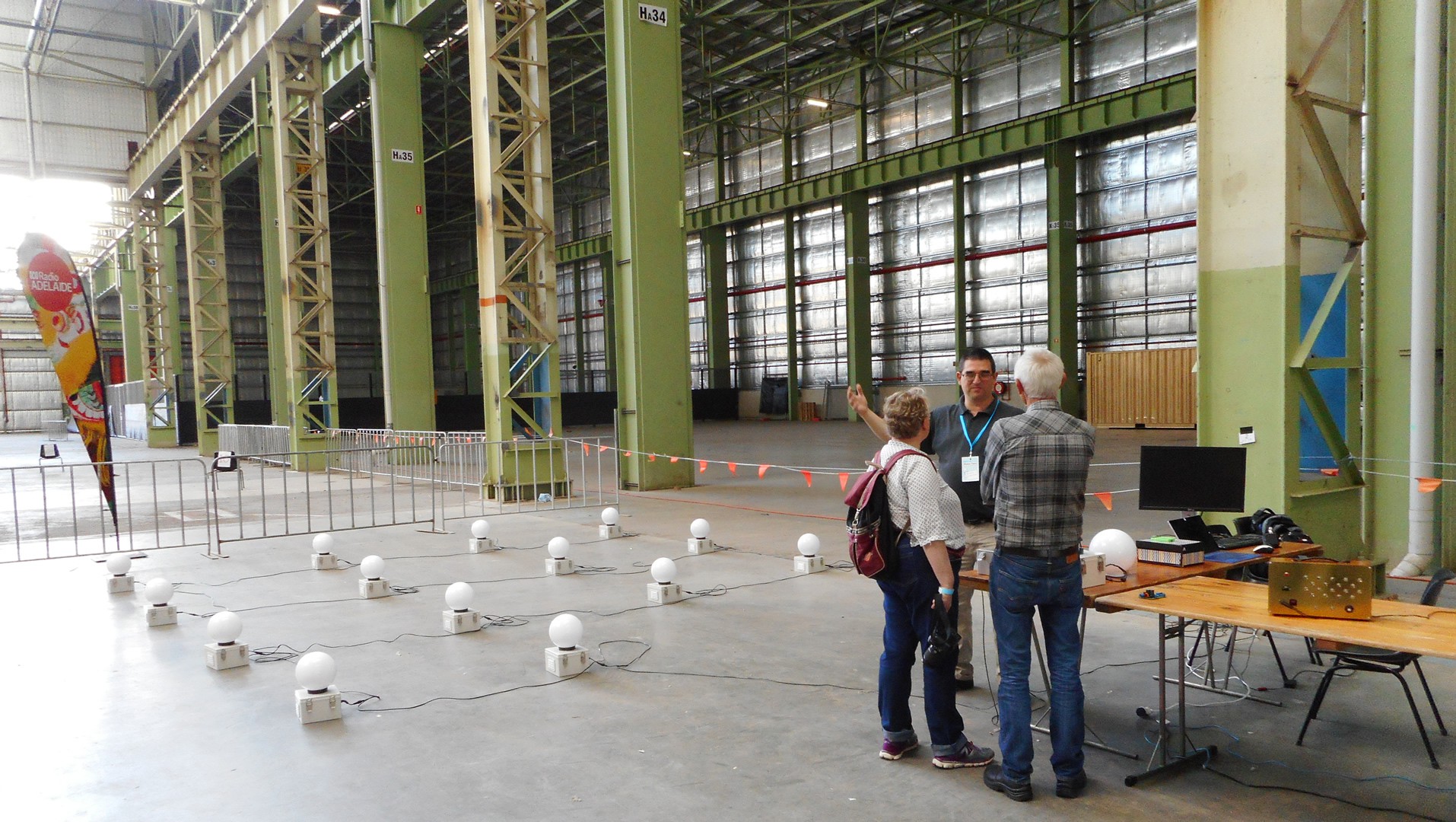
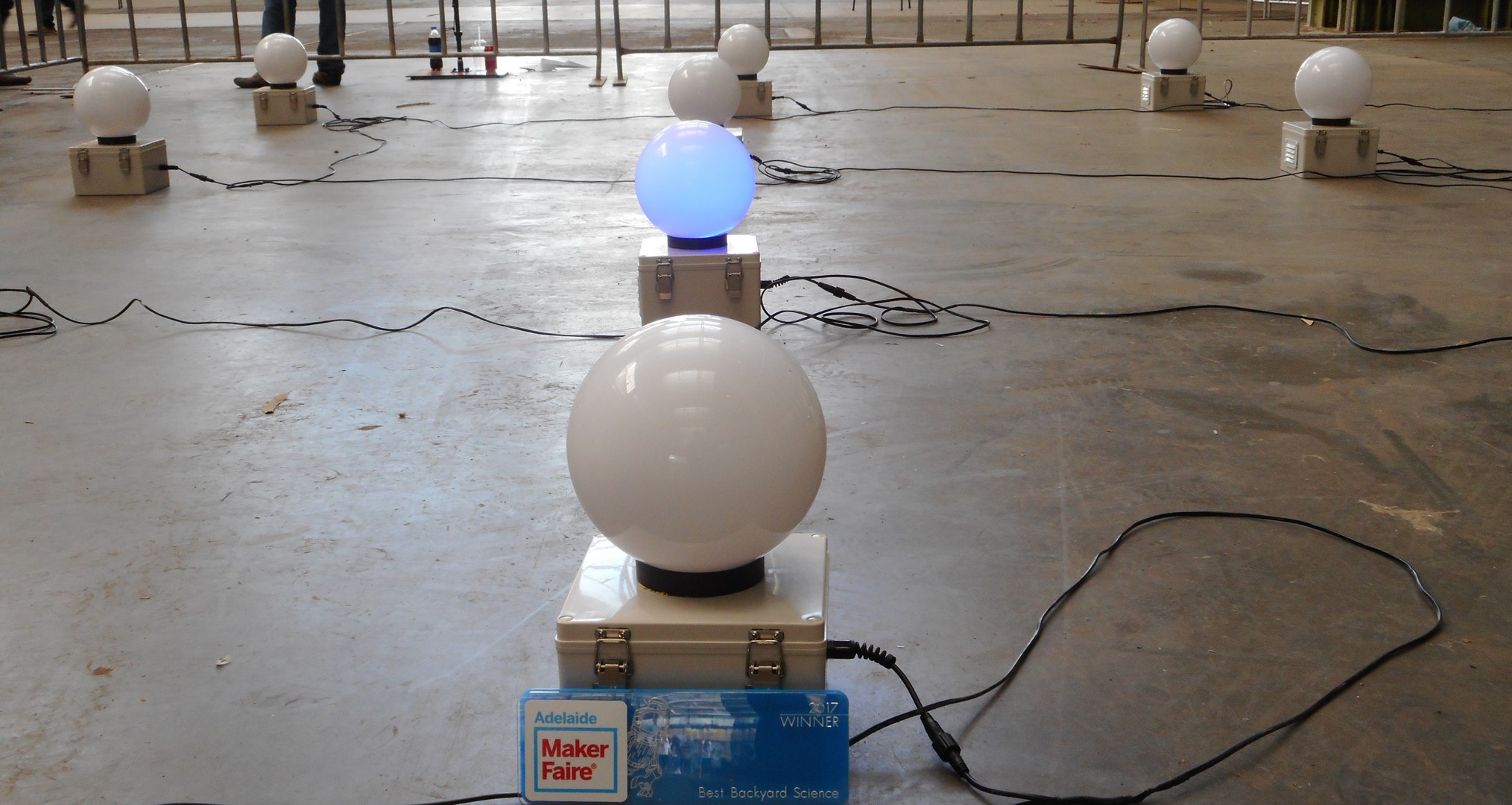

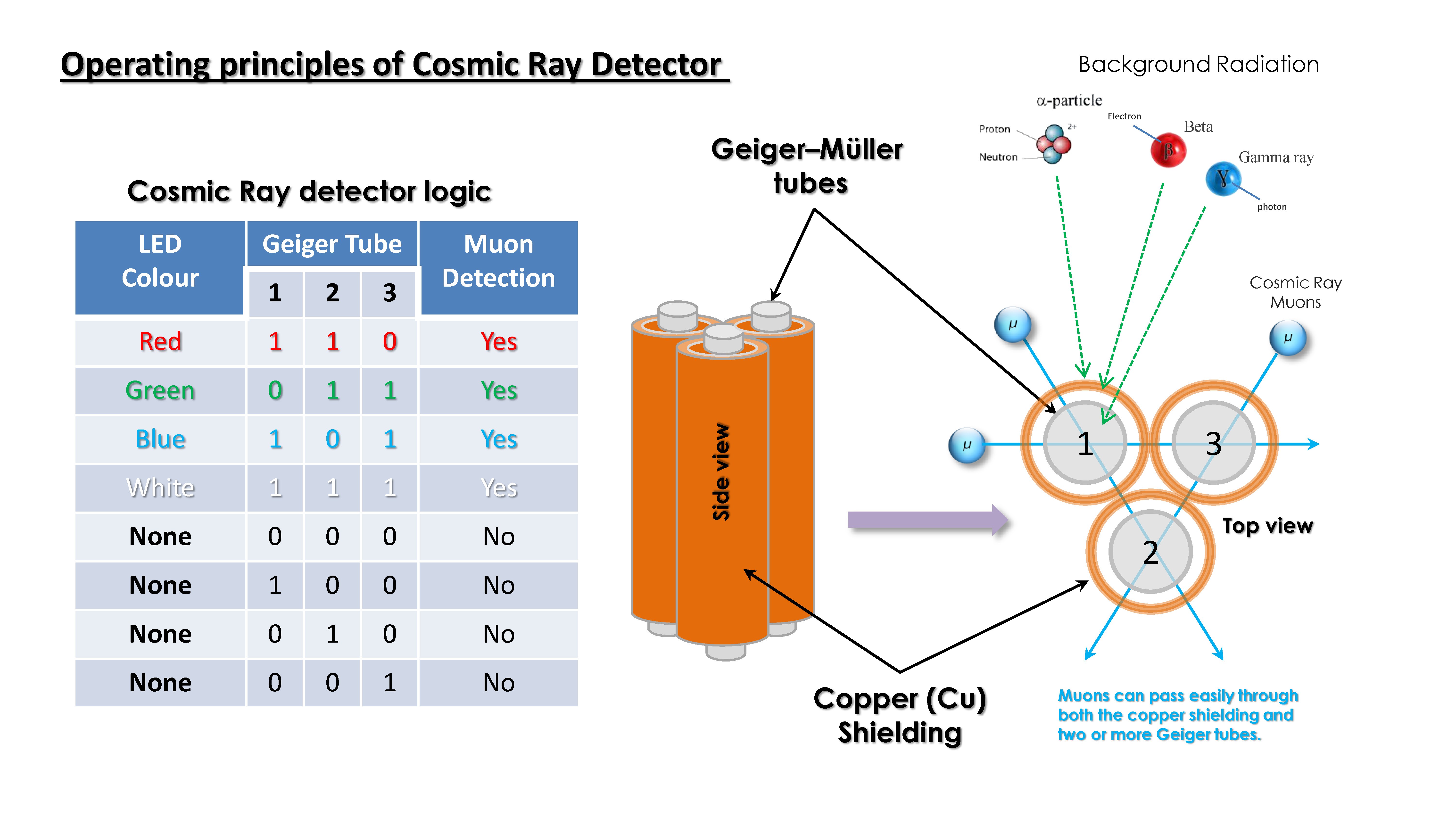
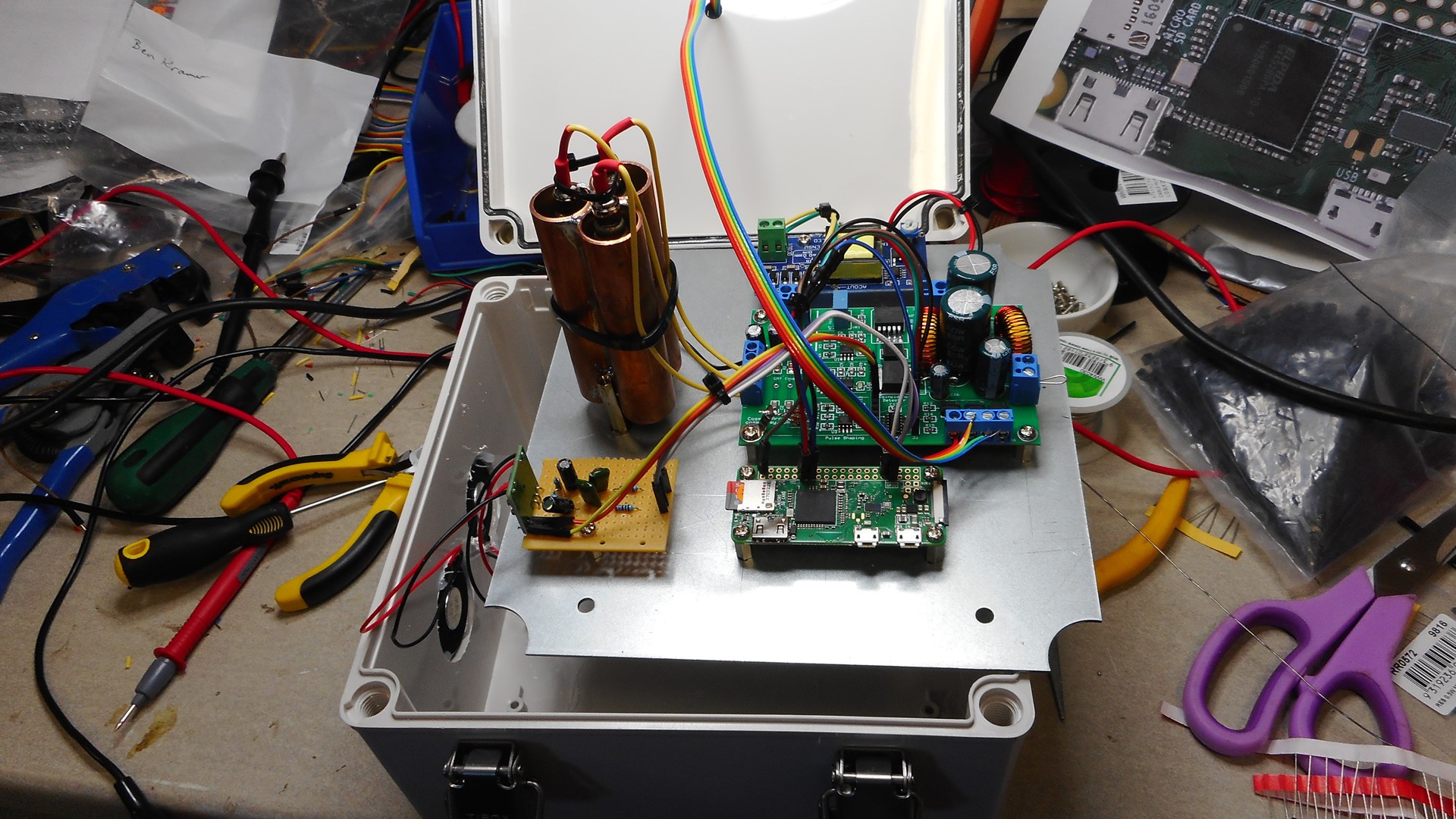

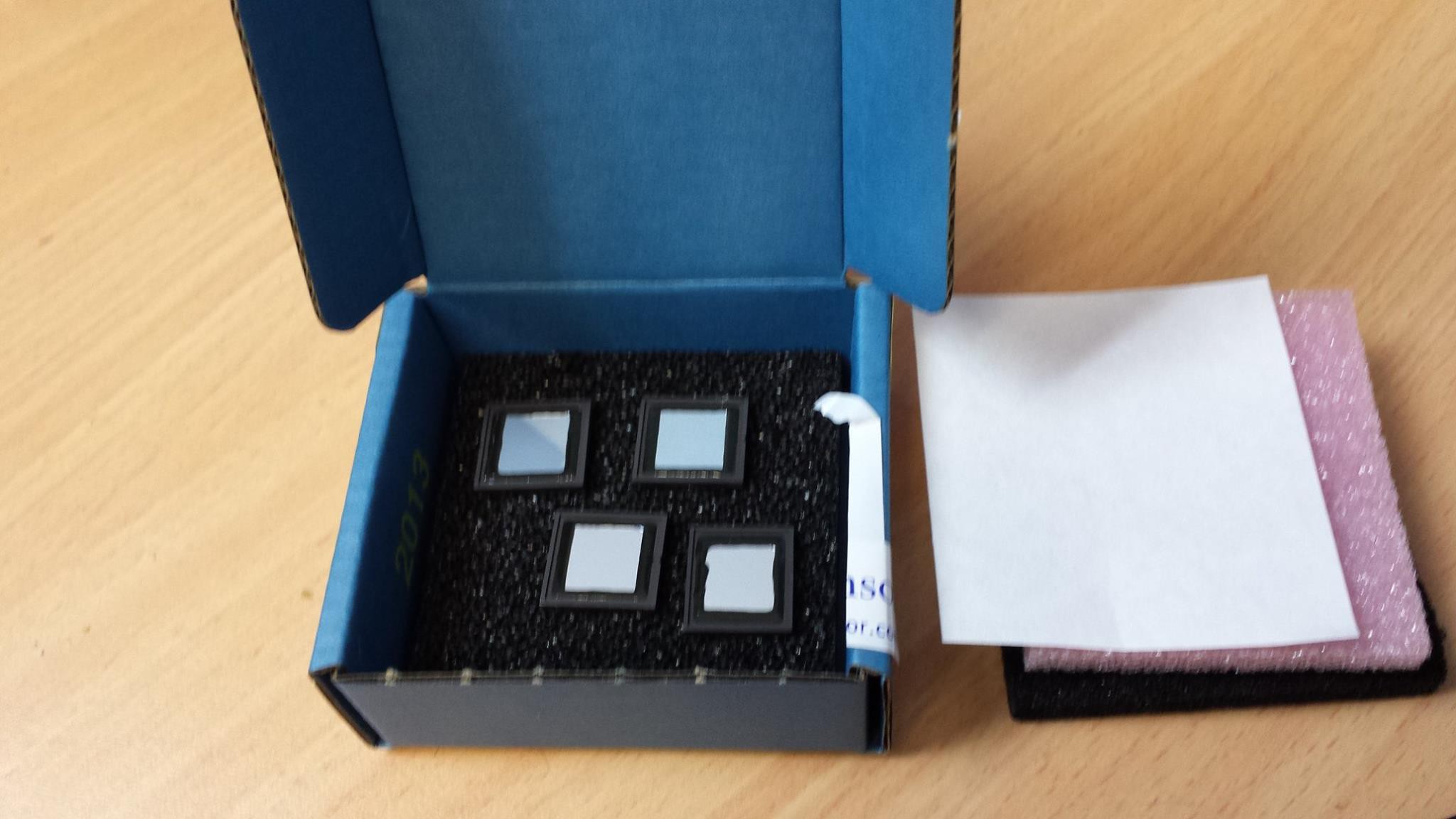
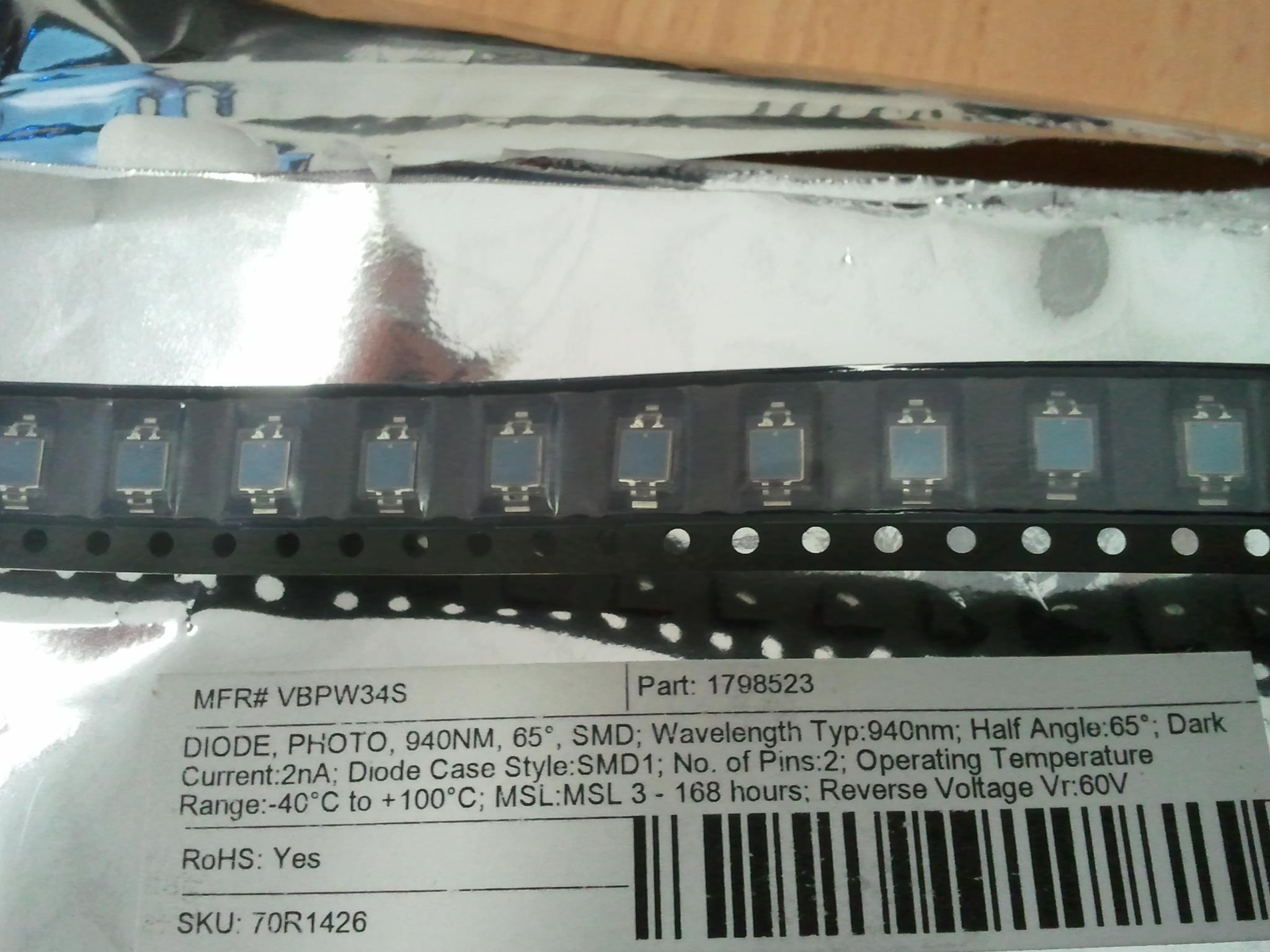
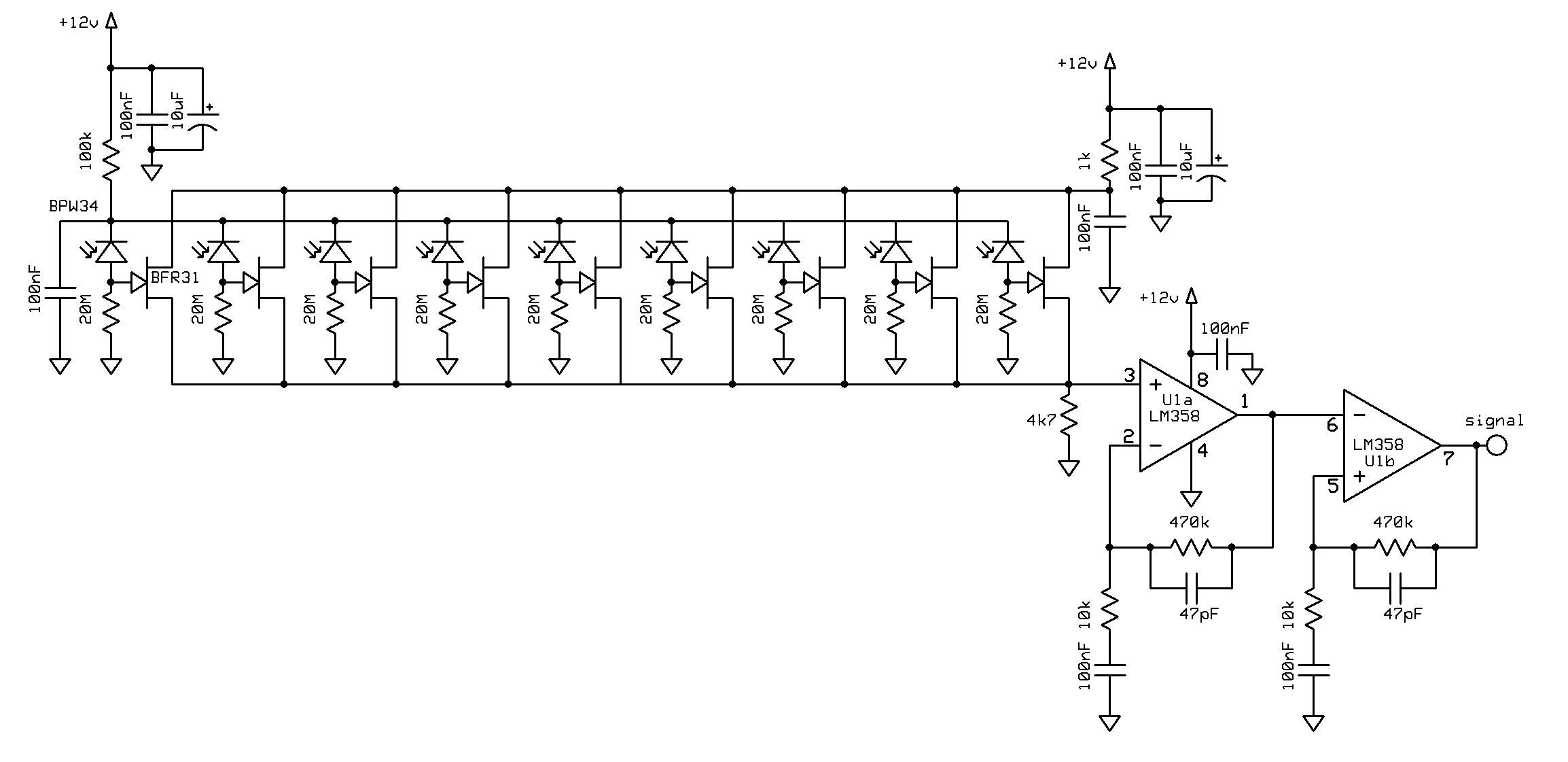
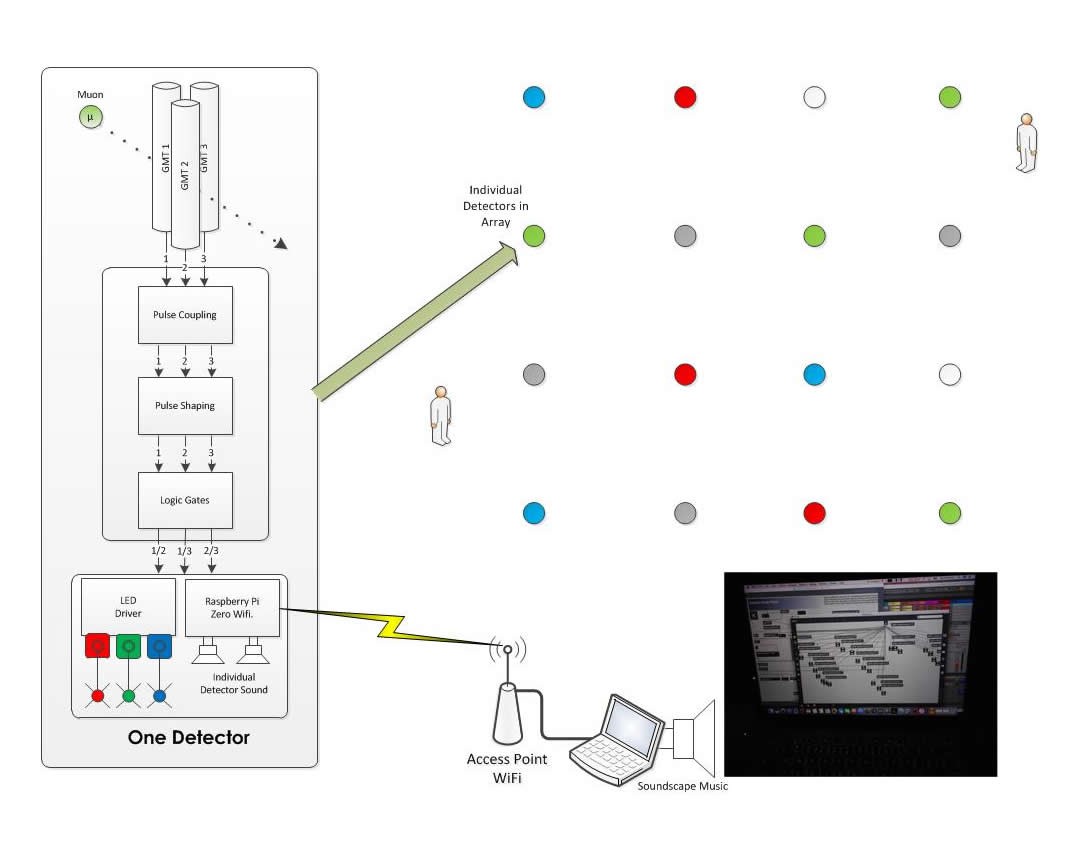
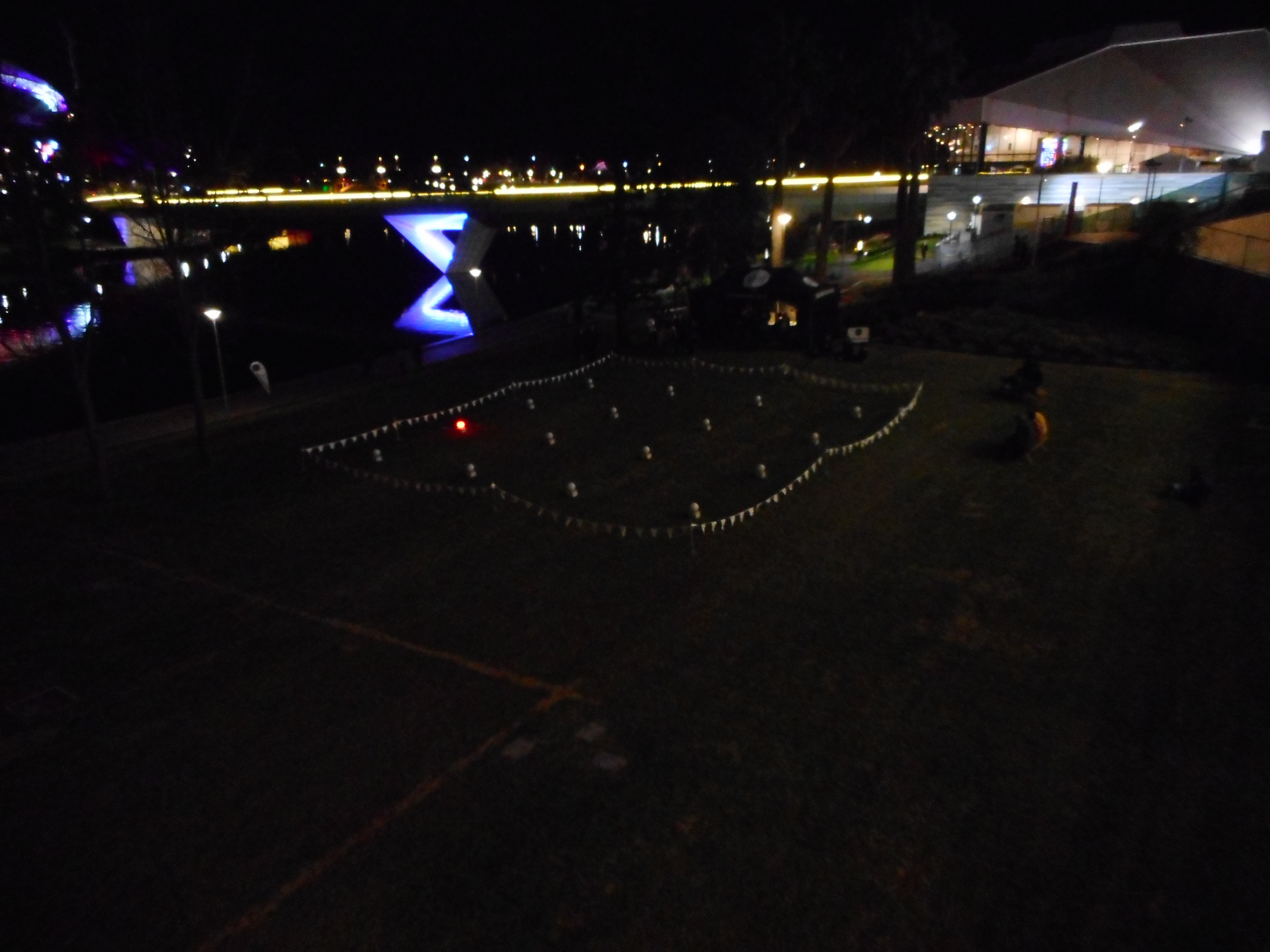
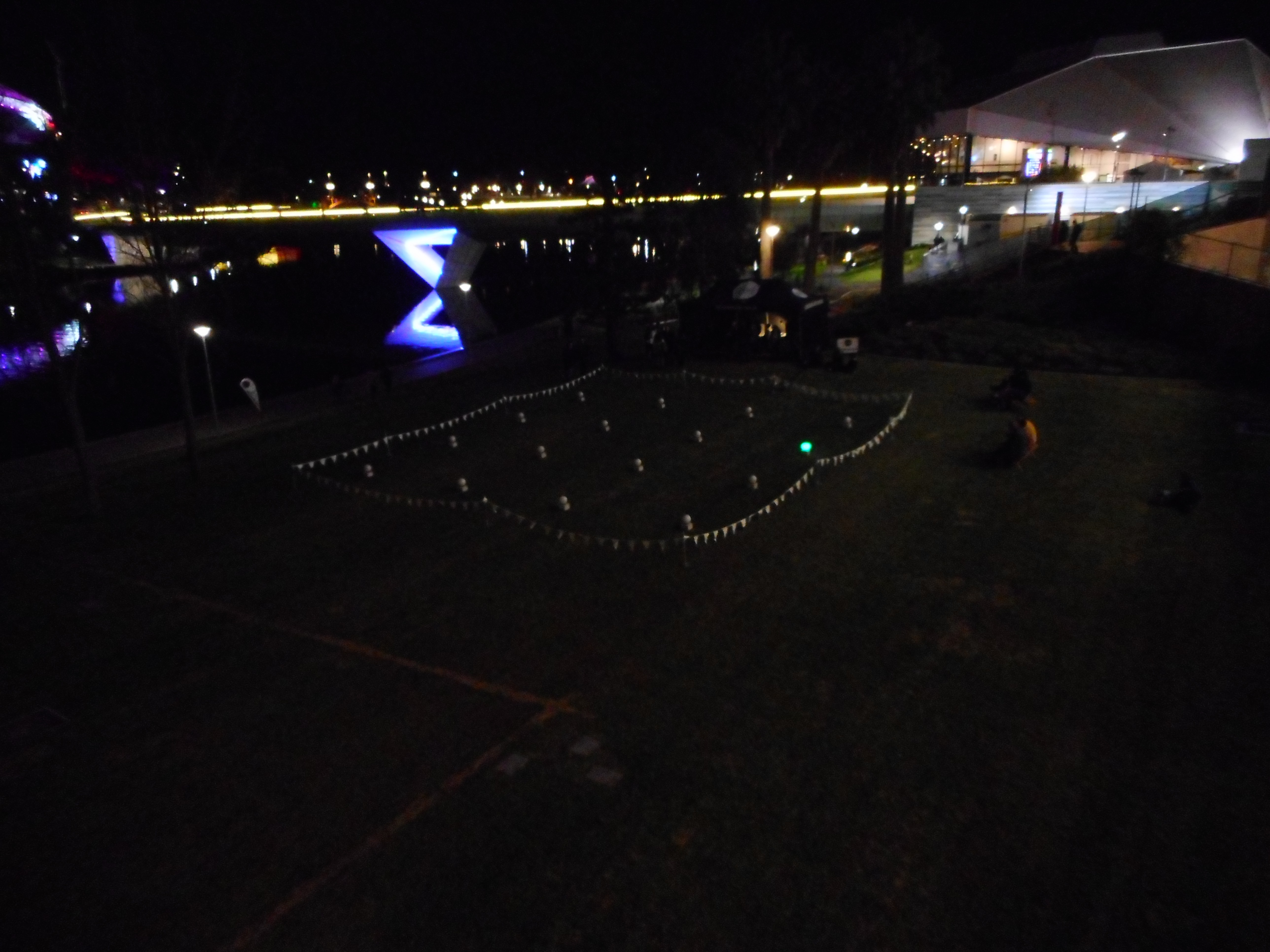




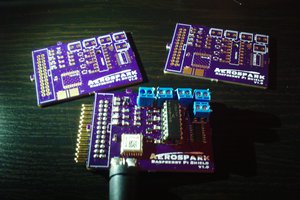
 aerospark
aerospark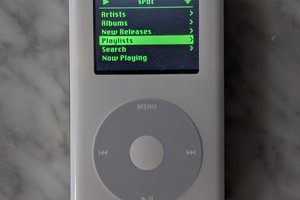
 Guy Dupont
Guy Dupont
 roboteurs
roboteurs
 Ashwin K Whitchurch
Ashwin K Whitchurch
Hello Robert,
I am very impressed with your Cosmic Array. VERY IMPRESSIVE and a very great tool to get people interested in Science.
It also is used as an ART object, which is great as it combines "Art" (real art) with science and technology.
My question: Robert, is this a permanent display? Or can it be used in other places than Adelaide, like for instance Ararat (Vic)? I would love to see this Cosmic Array in Ararat's new Arts Center, I am sure it would be a great talking point and raise awareness of Science.
Please email me with your comments.